4 Ways to Convert EXT4 to NTFS
The EXT4 and NTFS are two different file systems that are commonly used for storing files on our devices. Each of these file systems provides us with their own set of areas where they can perform better compared to the other so we need to better understand them to choose one for our requirements. This article gives you four different ways to convert EXT4 to the NTFS file system on your device be it a laptop or hard disc or any other storage device for that matter.
One thing you need to keep in mind before going further is that there is no way to make the conversion without losing the data in the device so it is always a good idea to copy the data before attempting the conversion.
Part 1: EXT4 vs. NTFS
In many ways, EXT4 is better when compared to the NTFS (New Technology file system) file system as it is more reliable and diverse. While EXT4 has a 255-byte naming scheme with any characters being allowed such as "?", NTFS has a 255 character naming scheme which is restricted to characters being used. The most significant issue though is with file fragmentation where there is a loss of data in partition damage when using NTFS which isn't an issue when using EXT4.
However, NTFS provides improvements in performance and reliability. This file system is supported in almost every desktop and server operating system with an open-source NTFS driver called NTFS-3G with both read and write functionality. It also provides a journaling file system using NTFS log to record metadata changes in volume meaning better data recovery in case of system crashes or data movement.
Part 2: How to convert ext4 to NTFS
Below are four easy ways to convert your EXT4 to NTFS file system
1. Format Ext4 to NTFS using File Explorer
Step 1: On the desktop page, double click on "My Computer "or "This PC".

Step 2: Right-click on the partition to be changed into a different file format (keep in mind to save the data elsewhere to avoid losing it) and click on "Format".
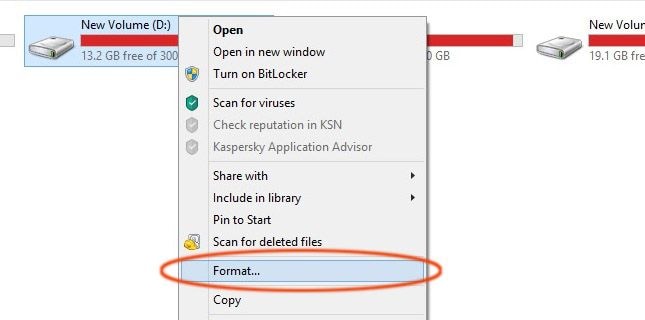
Step 3: The options you get are EXT4 and NTFS in case the file system is EXT4 by default. Change it to NTFS and click on "start"to start the change.

2. Convert EXT4 to NTFS with Disk Management
Step 1: Launch Disk Management through the "search" option on your windows. Open search, type disk management and click on "create and format hard disk partitions".
Step 2: Select the partition (For example "Drive E") and right-click to get the "format"option.
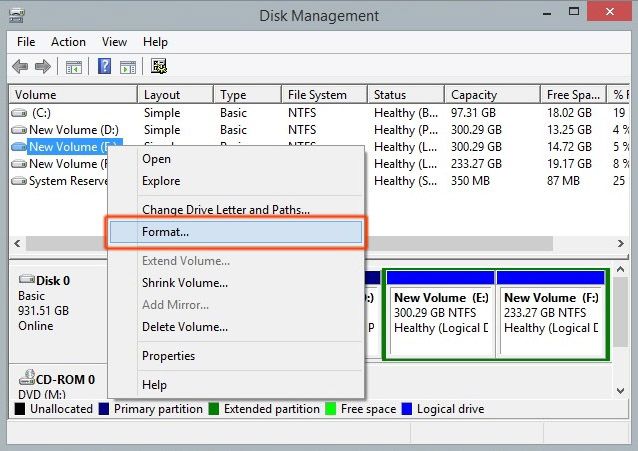
Step 3: Change the format to "NTFS"and click on "ok"to start the changes.
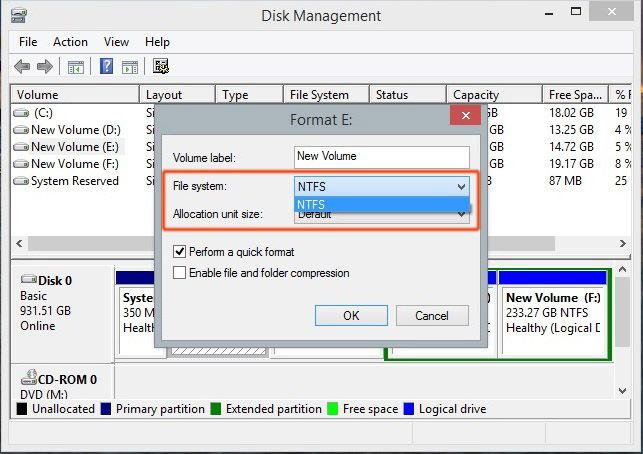
3. Convert Ext4 to NTFS in Windows 10/8/7 with Diskpart
Step 1: Go to "search", type diskpart and click on "diskpart.exe".
Step 2: There are a few commands to be used to select the partition to be converted as shown in the image below.
"List volume" will list the partitions available on your computer
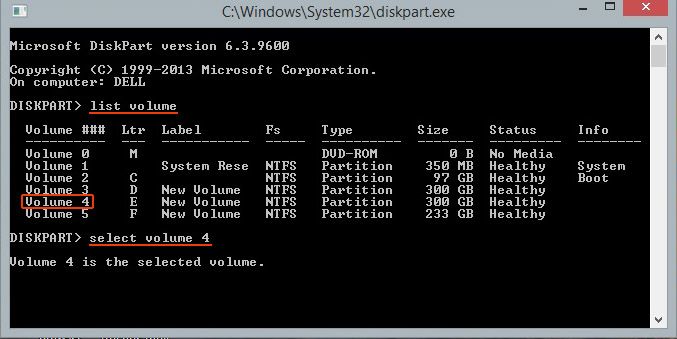
To select the partition the command prompt to be used is "select volume 4"if needed to select the E drive and so on.
Step 3: The command to be used to start the conversion is "format fs=ntfs quick" and click on enter which will start the conversion on the file system which also shows the progress in percentage.
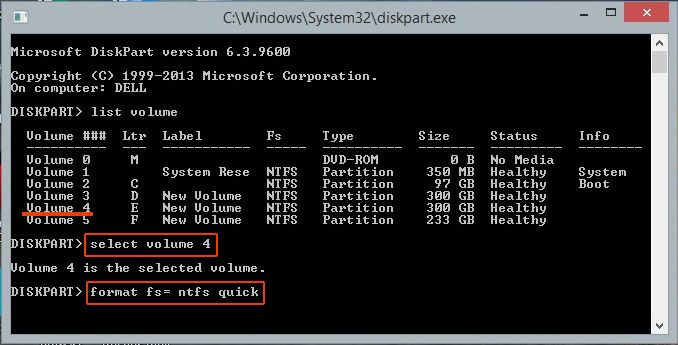
4. Convert Ext4 to NTFS in Windows 10/8/7 with AOMEI partition software (third party partition format tool)
Apart from the above-mentioned ways to convert your file systems, there is other third-party software that makes conversions easy for us. One of the best software available in the AOMEI partition software which has a very easy user interface along with a lot more options other than converting your file system from EXT4 to NTFS.
Step 1: Launch the AOMEI partition software
Install the program in case it isn't on your computer. After installation, launch the program from your desktop.
Step 2: Selecting the partition
All the partitions available in the device are listed here. We simply need to right-click on the partition to be converted and click on "Format Partition".
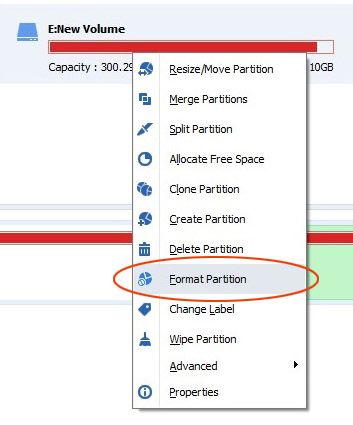
Step 3: Convert the file system
Once you click on Format, it gives you a list of file systems it can be changed into. All you have to do is select on "NTFS" and click on "OK" to start the operation.
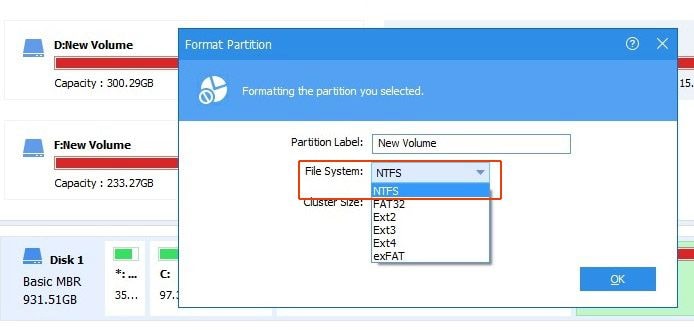
One feature this software provides us which we generally don't get in the regular convert options is that it allows us to convert EXT4 to NTFS file systems or any other file systems is that it allows us to retain our data from the partitions being converted without having to back it up. This saves us from the herculean task of saving all the data to another partition or a hard disk which requires a lot of time or in some cases a little more money to buy the external drives for this sole purpose.
Read More: Mount and Read Ext4 Partitions on macOS
The Bottom Line
Though there are a lot of options to aid us to convert EXT4 to NFTS file systems, we strongly suggest the use of the AMOEI software since it gives you a safer, more reliable option to make the conversion. Not to mention the fact that it also lets you perform a great number of operations while making the conversion like resizing, splitting, merging, moving, copying, and migrating your partitions without having to loose or backup the data present in them. The most notable feature however is the partition recovery option available which allows us to recover any lost or deleted data.
Partition Recovery
- Partition Management
- Solve Partition Problems
- Partition Tips











 ChatGPT
ChatGPT
 Perplexity
Perplexity
 Google AI Mode
Google AI Mode
 Grok
Grok
























Theo Lucia
chief Editor